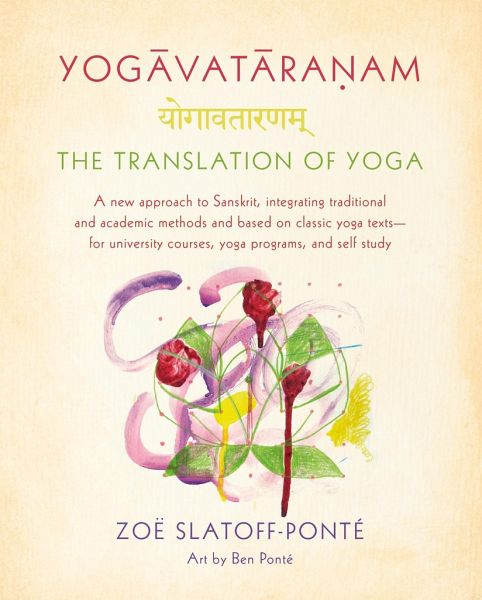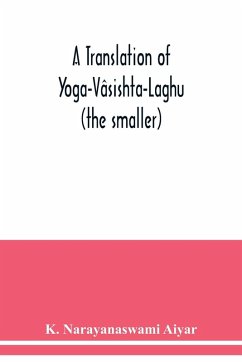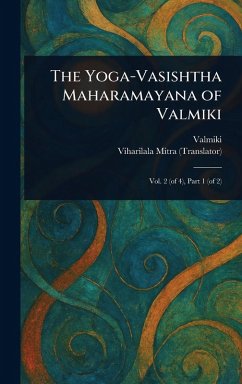
Yogavataranam: The Translation of Yoga
A New Approach to Sanskrit, Integrating Traditional and Academic Methods and Based on Classic Yoga Texts--For University Courses, Yoga Programs, and Self Study
Illustrator: Ponté, Ben
Versandkostenfrei!
Versandfertig in über 4 Wochen
43,99 €
inkl. MwSt.

PAYBACK Punkte
22 °P sammeln!
The traditional Indian method of learning Sanskrit is through oral transmission, by first memorizing texts and then learning their meaning. The Western academic approach methodically teaches the alphabet, declensions, grammar, syntax, and vocabulary building. Zoë Slatoff-Ponté's Yogavataranam integrates the traditional and academic approaches for a full and practical experience of Sanskrit study. Yogavataranam approaches language systematically and at the same time allows students to read important and relevant texts as soon as possible, while emphasizing proper pronunciation through its aud...
The traditional Indian method of learning Sanskrit is through oral transmission, by first memorizing texts and then learning their meaning. The Western academic approach methodically teaches the alphabet, declensions, grammar, syntax, and vocabulary building. Zoë Slatoff-Ponté's Yogavataranam integrates the traditional and academic approaches for a full and practical experience of Sanskrit study. Yogavataranam approaches language systematically and at the same time allows students to read important and relevant texts as soon as possible, while emphasizing proper pronunciation through its audio accompaniment. The first section teaches reading and basic grammar, the second covers more extensive grammar, and by the third, students can begin to read and understand even more complex texts, such as the Upanisads. Yogavataranam includes: Step-by-step instructions on how to correctly write the alphabet Exercises throughout, along with review exercises for each chapter Sidebars on Indian philosophy, culture, etymology, and more Vocabulary building based on important texts An extensive glossary of terms Consideration of translation techniques and challenges Original translations of passages from central texts, such as the Yogasutra, Bhagavadgita, Hathapradipika, and various Upanisads In addition, Web-based audio files accompany each chapter to teach proper pronunciation. Yogavataranam is appropriate for all levels of study, whether a student is brand-new to Sanskrit or already has experience in pronunciation, reading devanagari script, interpreting meaning, or learning grammar-and whether the course is academic or based in yoga. This new approach joins theory and practice to invoke an active experience of the philosophy, the practice, and the culture that together inform the multiplicity of meanings contained within the single and powerful word "yoga."












